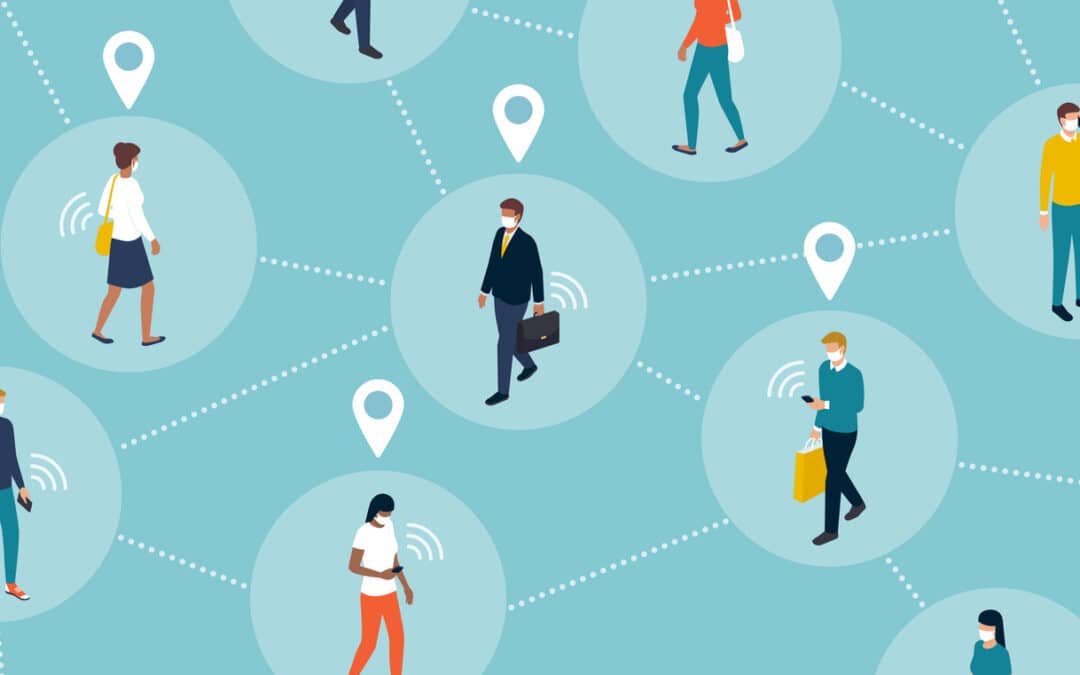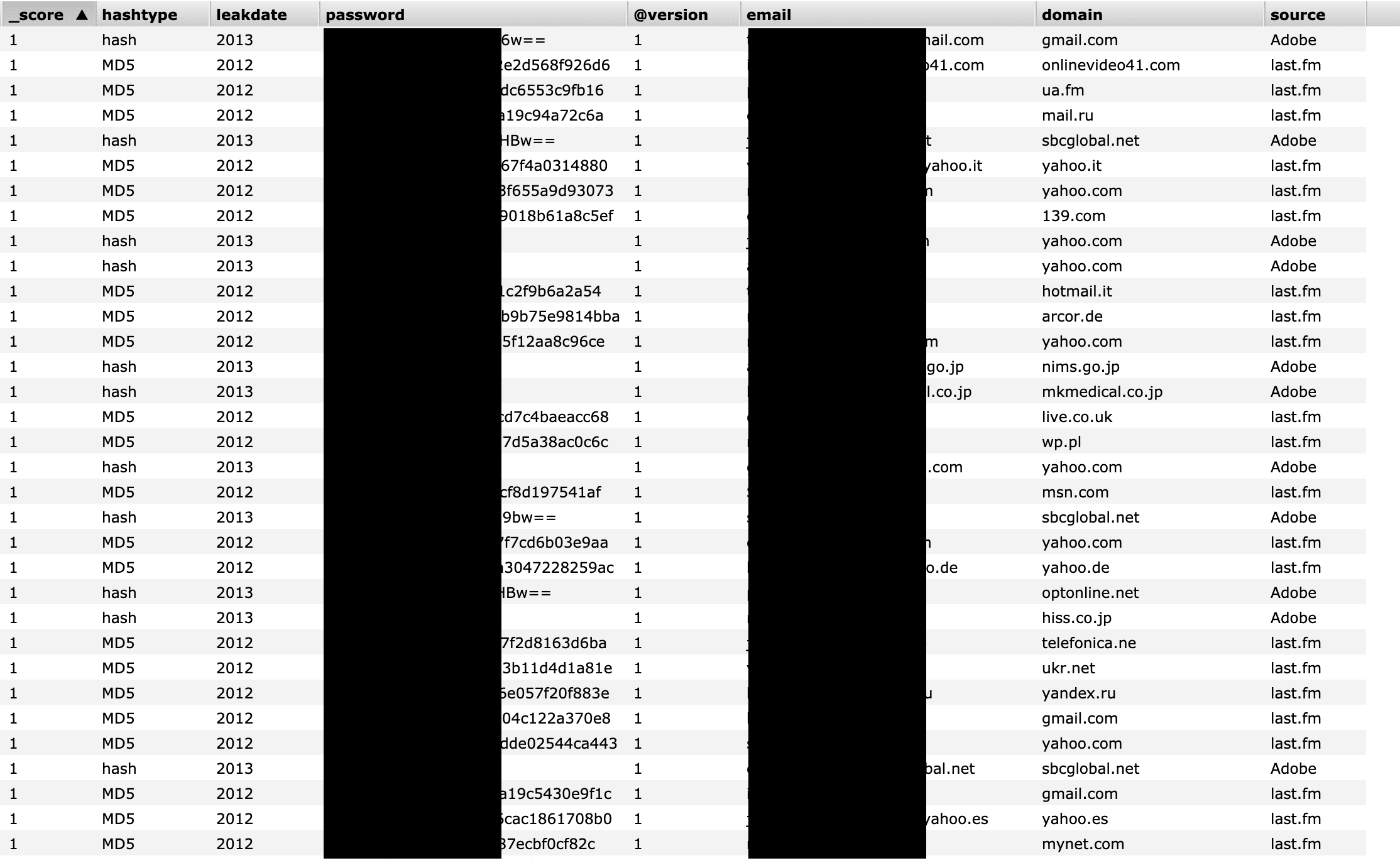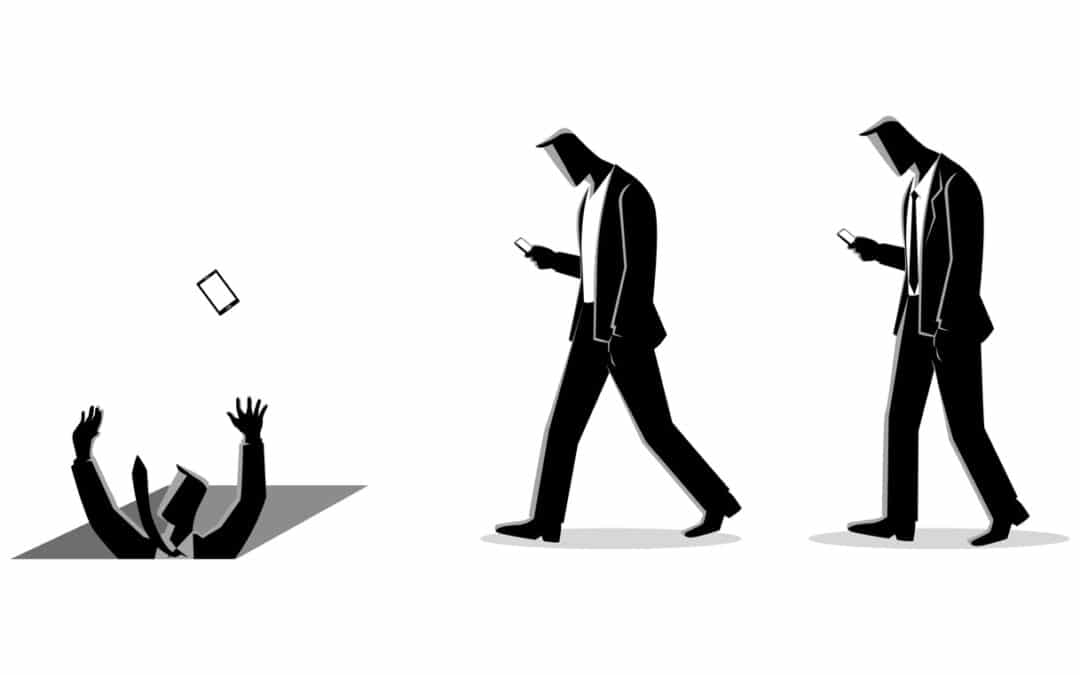Hacks Against Healthcare Industry on the Rise
Hackers are continuing to use the coronavirus crisis for personal profit. We recently wrote about the increase in malicious sites and phishing campaigns impersonating the World Health Organization and other healthcare companies. But now hackers appear to be turning their sights to the healthcare sector itself. Here are two notable cases from the past few weeks.
WHO Malware Attempt
Earlier this week, the World Health Organization confirmed hackers attempted to steal credentials from their employees. On March 13th a group of hackers launched a malicious site imitating the WHO’s internal email system. Luckily, the attempted attack was caught early and did not succeed in gaining access to the WHO’s systems. However, this is just one of many attempts being made to hack into the WHO. The chief information security officer for the organization Flavio Aggio told Reuters that hacking attempts and impersonations have doubled since the coronavirus outbreak.
Similar attempted hacks against other healthcare organizations are popping up every day. Costin Raiu, head of global research and analysis at Kaspersky, told Reuters that “any information about cures or tests or vaccines relating to coronavirus would be priceless and the priority of any intelligence organization of an affected country.”
Ransomware Attack Against HMR
Unlike the attack on the WHO, a recent ransomware attack was successful in stealing information from a UK-based medical company, Hammersmith Medicines Research (HMR). The company, which performs clinical trials of tests and vaccines, discovered an attack in progress on March 14th. While they were successful of restoring their systems, ransomware group called Maze took responsibility. On March 21st, Maze dumped the medical information of thousands of previous patients and threatened to release more documents unless HMR paid a ransom. HMR has not disclosed how the attack occurred, but have stated that they will not pay the ransom.
Four days after the initial attack, Maze released a statement saying they would not target medical organization during the coronavirus pandemic. Yet, this did not stop them from publicizing the stolen medical information a week later. After the attack gained publicity, Maze changed their tune. The group removed all of the stolen files from their website, but blamed the healthcare industry for their lack of security procedures: “We want to show that the system is unreliable. The cyber security is weak. The people who should care about the security of information are unreliable. We want to show that nobody cares about the users,” Maze said.
Conclusion
Times of crisis and confusion are a hacker’s delight. The staggering increase of hacks against the healthcare industry only help prove that. The key to mitigating these threats is to ensure that security configurations are set to industry best practices, continuously scan your networks, lock down or close open ports, secure or (preferably) remove Remote Desktop Protocol, and require Multi-Factor authentication for any remote access. And certainly, make sure you are testing your incidence response plan.
Subscribe to our blog here: https://mailchi.mp/90772cbff4db/dpblog


